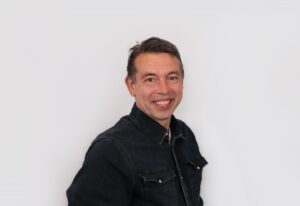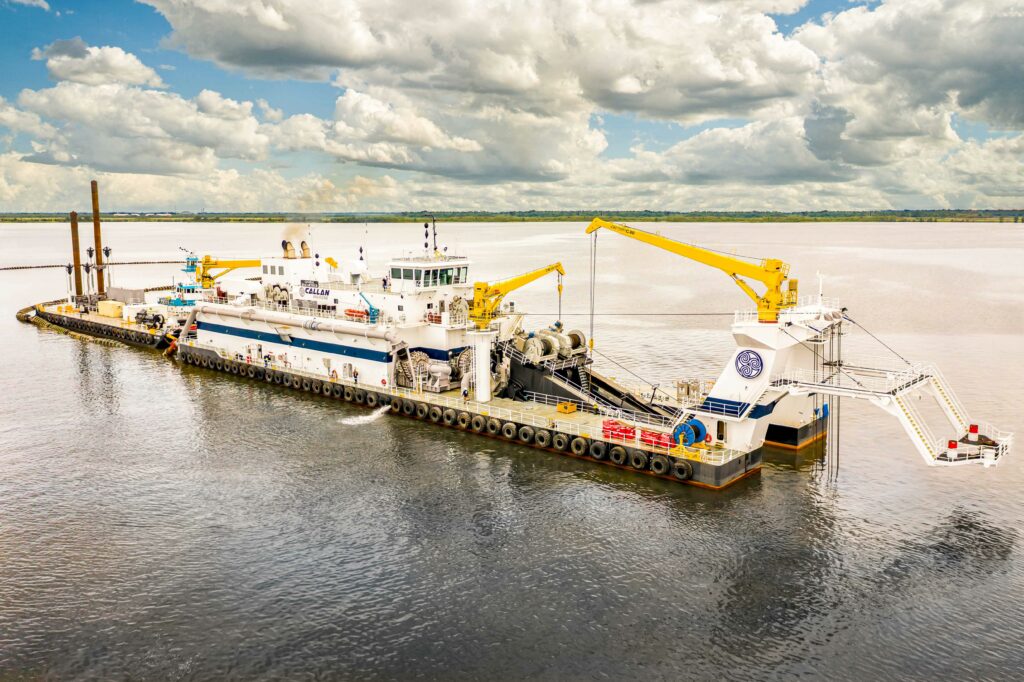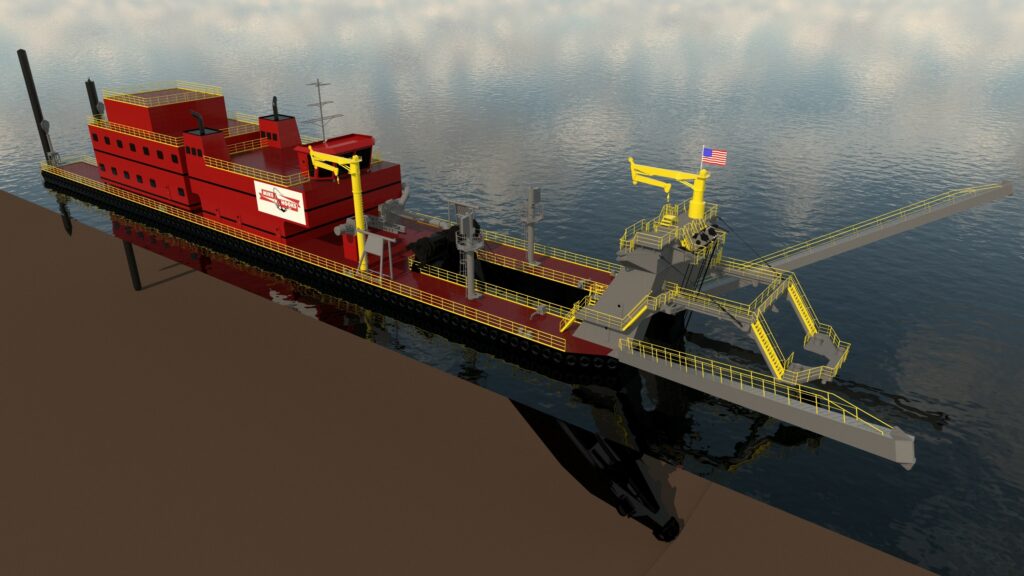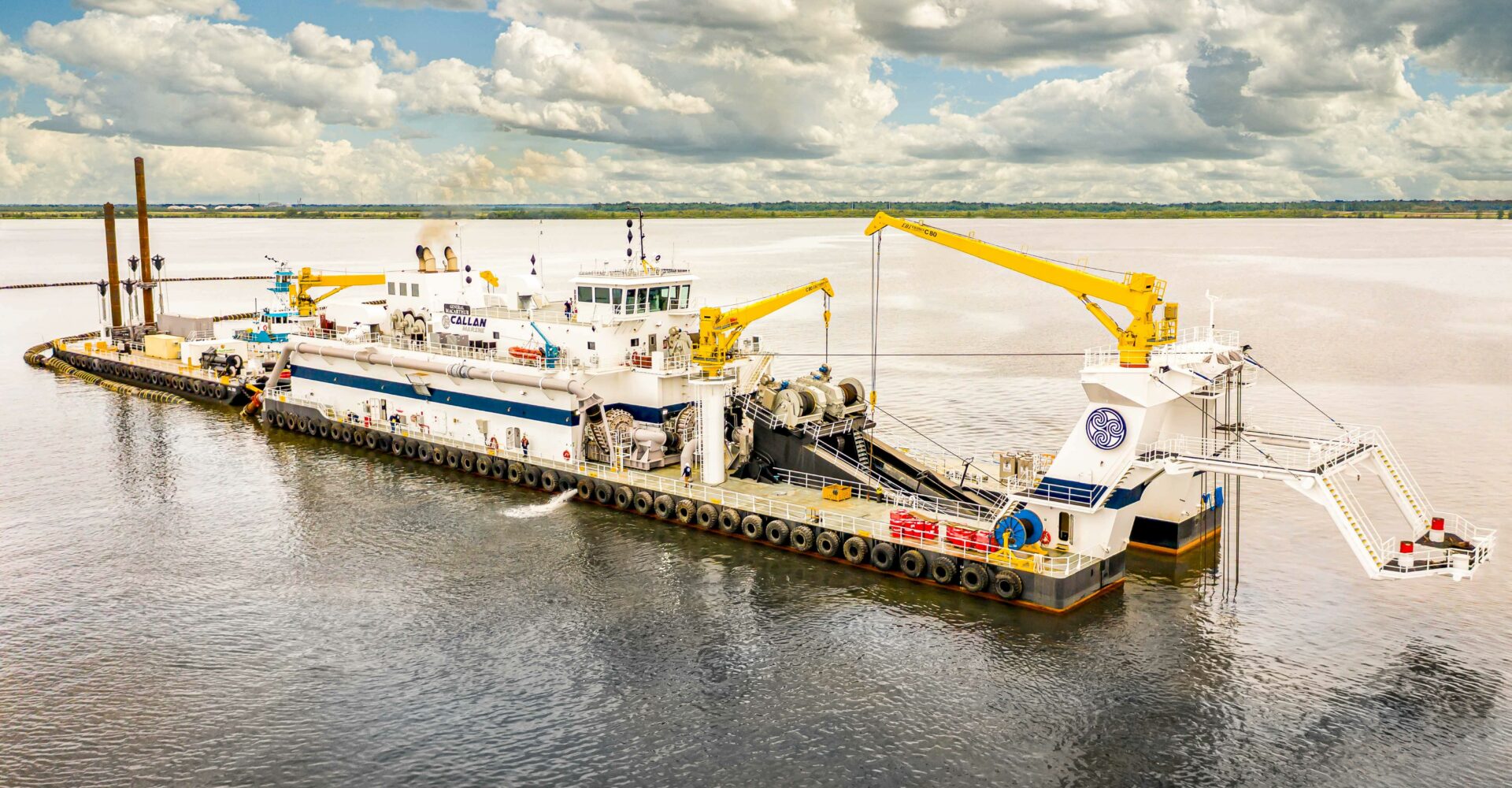Meeting the Challenges of Equipment Engineering for Cutter Suction Dredgers
The complexity of equipment engineering varies greatly across vessel classes, depending on their design and function. At C-Job, we work on a wide range of vessel types and among the most complex and challenging vessels that our equipment engineering team have worked on recently are cutter suction dredgers (CSDs).
What makes CSDs stand out in their complexity is the specialist machinery that enables them to undertake their very specific purpose; the tough and intensive work of dredging. To ensure a successful installation the engineers have a wide range of parameters to consider throughout the design process. These together with a combination of sizeable steel structures and many moving parts requires equipment engineering teams with exceptional skills and experience.
What makes C-Job an ideal partner for CSDs

“Equipment engineering for CSDs requires a fusion of skills,” explains Marco Lambalk, Lead Engineer Mechanical. “Firstly, it involves a thorough knowledge of both structural and mechanical engineering. Dredging involves substantial loads and many moving, often rotating, parts at a range of scales.” To integrate these variables requires in-depth knowledge of materials of all types, not least because the tolerances can be very fine and minimizing friction can be vital. Incorrect alignments bring with them a high risk of failure and so different types of calculations are needed to ensure that the alignments are at the necessary level of precision. C-Job has developed the necessary resources to achieve this along and uses a range of specialist software packages.
Another important consideration is that even a small change in the specification of one item of equipment can result in alterations being required in other systems as the demands on them change. For example, if a client decides that they want their CSD to cut just a few meters deeper, then the cutter ladder will need to be lengthened and strengthened, and more power will be required to maneuver it, leading to more associated modifications.
With CSDs, everything is interconnected and, for the engineers, understanding the relationships between the components is vital for a successful project. At C-Job we fully understand this and have the knowledge and experience to accurately define the load cases and perform the necessary calculations to define the capabilities, size, and positioning of the equipment.
Current / recent projects

General MacArthur – owned by Callan Marine, the General MacArthur is one of the largest and most powerful cutter suction dredge in the United States dredging fleet, with 24,000 installed horsepower. C-Job was brought into the project by SPI / Mobile Pulley Works when it was already underway, designing the cutter ladder including the cutter drive, the spud carrier system, gantry, anchor boom system, cutter service platform, discharge pipe, and the dredge pump drive skid on vibration mounts.

Lorraine Hooks – work is now underway in the USA on a new, 27-inch CSD for US dredging company Mike Hooks, to be named Lorraine Hooks. C-Job is responsible for the design of the entire vessel including the majority of dredge equipment on behalf of SPI / Mobile Pulley Works. In its role as the systems integrator, C-Job is also specifying equipment and components where required alongside vendors selected by Mike Hooks, SPI/Mobile Pulley Works, and Southwest Shipyard.
Looking ahead
C-Job anticipates more demand for CSDs in the USA market and there are indications that Europe may also be a source of growth. “With our cross-disciplinary expertise in equipment, mechanical and structural engineering, we offer owners and yards building not only CSDs but also other mission-specific vessels a comprehensive service underpinned by a thorough understanding of each vessel’s purpose and functionality,” concludes Marco Lambalk. “This results in an integrated design and engineering process that delivers a fully-optimized vessel, delivered on time and to budget.” And by reducing the number of third parties involved, risk levels fall and the integration process is further enhanced.
